Home>Storage & Organization>Decluttering Tips & Tricks>How To Declutter Your Home To Sell
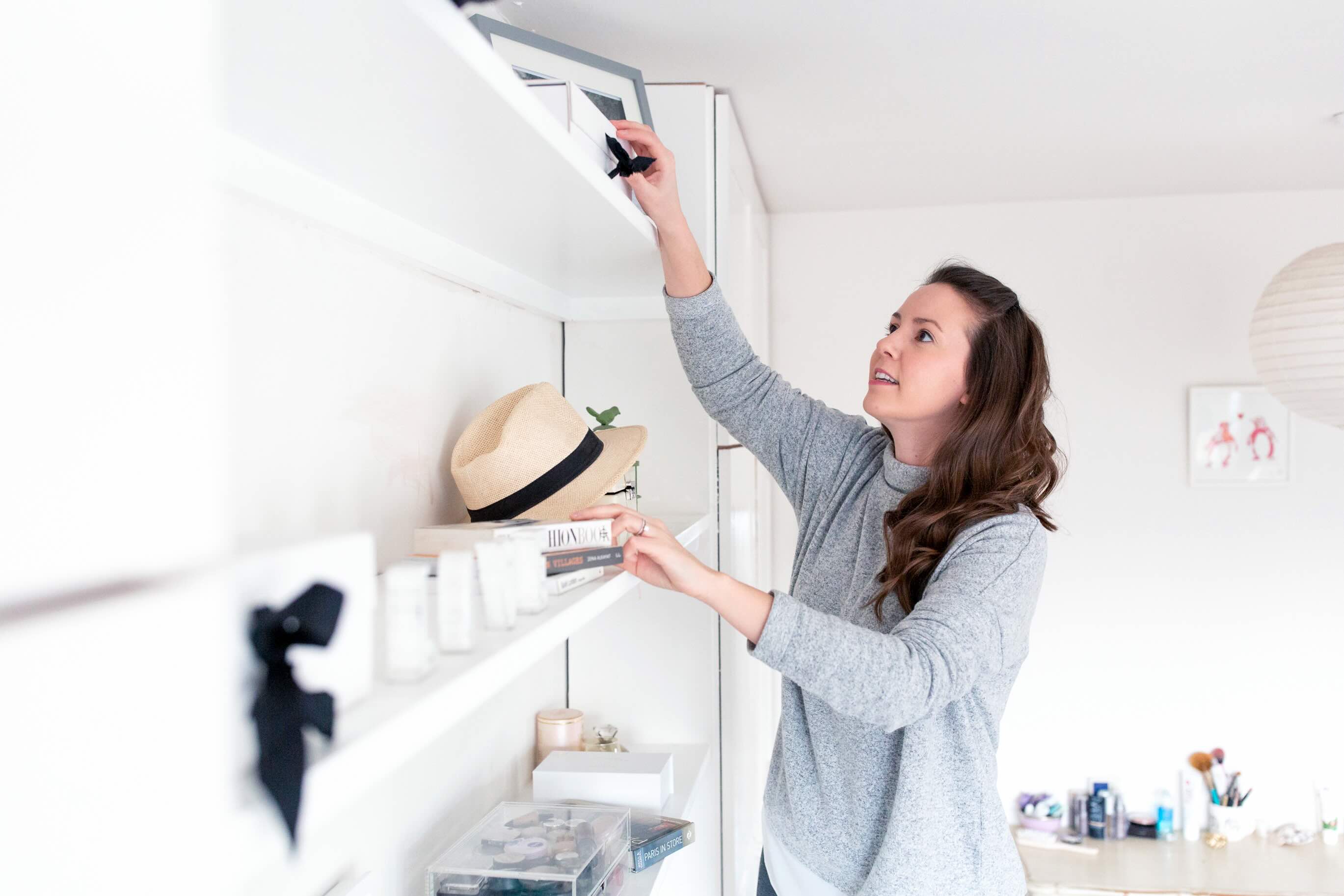

Decluttering Tips & Tricks
How To Declutter Your Home To Sell
Modified: March 22, 2024
Learn effective decluttering tips and tricks to prepare your home for sale. Create a clean and inviting space that appeals to potential buyers.
(Many of the links in this article redirect to a specific reviewed product. Your purchase of these products through affiliate links helps to generate commission for Storables.com, at no extra cost. Learn more)
Introduction
Selling a home can be an exciting yet overwhelming endeavor. One of the key factors in attracting potential buyers and securing a favorable sale is presenting your home in the best possible light. A clutter-free, organized, and well-staged home not only appeals to buyers but also allows them to envision themselves living in the space. Decluttering your home before putting it on the market is an essential step in the selling process.
In this comprehensive guide, we will explore the art of decluttering your home to prepare it for sale. From setting a goal to staging your home, we will delve into practical tips and actionable steps to help you transform your living space into a buyer's dream. Whether you're a seasoned homeowner or a first-time seller, these strategies will empower you to showcase your home in its most appealing state, ultimately maximizing its market value and expediting the selling process.
So, roll up your sleeves, put on your decluttering hat, and let's embark on this transformative journey to prepare your home for a successful sale.
Key Takeaways:
- Set clear goals, start small, and organize room by room to declutter your home for a successful sale. This will create a welcoming and functional space that appeals to potential buyers.
- Clean, maintain, and stage your home thoughtfully to showcase its best features and create an inviting atmosphere. This will captivate potential buyers and expedite the selling process.
Read more: How To Declutter Your Desk
Step 1: Set a Goal
Before diving into the decluttering process, it’s crucial to establish a clear goal for the outcome you wish to achieve. Setting a goal not only provides you with a sense of direction but also serves as a motivating factor throughout the decluttering journey.
Begin by envisioning how you want your home to look and feel once it’s decluttered and staged for sale. Consider the type of atmosphere you want to create for potential buyers. Do you aim for a minimalist, modern, or cozy ambiance? Visualizing the end result will guide your decision-making as you declutter and organize each area of your home.
Furthermore, setting a timeline for accomplishing your decluttering goals can help you stay focused and avoid feeling overwhelmed. Break down the decluttering process into manageable tasks and allocate specific timeframes for each task. Whether you plan to declutter one room per week or tackle smaller areas daily, having a structured timeline will prevent procrastination and ensure steady progress.
It’s also beneficial to establish specific objectives for each room or area within your home. For instance, you might aim to create an inviting and spacious living room, a serene and clutter-free bedroom, or a functional and organized kitchen. Tailoring your goals to each space will enable you to address the unique needs of every area, maximizing the overall appeal of your home.
Remember, your decluttering goals should align with your overarching objective of selling your home at a desirable price within a reasonable timeframe. By setting clear, realistic, and measurable goals, you’ll embark on the decluttering journey with purpose and determination, ultimately paving the way for a successful home sale.
Step 2: Start with Small Areas
When tackling the decluttering process, it’s often beneficial to begin with smaller, more manageable areas before moving on to larger spaces. Starting with small areas not only allows you to experience immediate progress but also builds momentum and confidence as you work toward decluttering your entire home.
Consider commencing the decluttering journey in spaces that tend to accumulate miscellaneous items, such as countertops, tabletops, and cabinets. These areas are often hotspots for clutter and can be swiftly transformed, creating a sense of accomplishment early in the process.
For instance, start by clearing off kitchen countertops, removing unnecessary appliances, and organizing utensils and cookware. Tackle cluttered coffee tables or side tables in the living room, and declutter bathroom vanities by discarding expired products and organizing essentials. By addressing these small areas first, you’ll create a noticeable impact on the overall tidiness of your home.
Additionally, focusing on small areas allows you to refine your decluttering skills and develop effective organizational habits. As you progress through these initial spaces, you’ll hone your decision-making abilities regarding what to keep, donate, or discard. This process will serve as valuable practice for decluttering larger and more complex areas of your home.
Starting with small areas also provides a sense of control and prevents the decluttering process from feeling overwhelming. By breaking down the task into bite-sized segments, you’ll approach each area with clarity and purpose, ultimately streamlining the overall decluttering journey.
Remember, the key to successfully decluttering small areas is to maintain focus and avoid getting sidetracked by items that belong in other parts of the home. Stay committed to the specific area you’re decluttering, and revel in the satisfaction of witnessing the immediate transformation that comes with clearing clutter from these smaller spaces.
Step 3: Sort and Organize
Once you’ve made headway with decluttering small areas, it’s time to delve into the process of sorting and organizing the belongings within your home. Sorting through your possessions and implementing effective organizational systems are pivotal steps in creating a well-presented and appealing living space for potential buyers.
Begin by sorting items into categories, such as keep, donate, sell, and discard. As you assess each item, consider its utility, sentimental value, and relevance to your current lifestyle. Be discerning in your decision-making, and avoid holding onto items out of guilt or nostalgia. Remember, the goal is to showcase your home in its most streamlined and functional state.
As you sort through your belongings, consider the potential appeal of each item to prospective buyers. Items that are overly personalized or niche in nature may be best stored or donated to create a more universally appealing environment. Additionally, decluttering and organizing your possessions will make the moving process more seamless when the time comes to transition to your new home.
Once you’ve sorted through your belongings, it’s time to implement effective organizational systems. Invest in storage solutions such as bins, baskets, and drawer dividers to keep items neatly arranged and easily accessible. Utilize labels to clearly identify the contents of containers, making it effortless to locate specific items when needed.
When organizing, aim to create a sense of spaciousness and flow within each area. Clearing excessive items from surfaces, arranging furniture to optimize space, and maintaining a cohesive color scheme can contribute to a visually appealing and harmonious environment. By implementing these organizational strategies, you’ll showcase the full potential of your home to potential buyers, allowing them to envision themselves living in the space.
Remember, the process of sorting and organizing is an opportunity to curate a welcoming and functional living environment that resonates with a broad range of potential buyers. Embrace this phase of the decluttering journey as a transformative and empowering step toward preparing your home for a successful sale.
When decluttering your home to sell, start by removing personal items like photos and knick-knacks. This helps potential buyers envision themselves in the space.
Step 4: Get Rid of Unnecessary Items
As you progress through the decluttering process, it’s essential to decisively part ways with unnecessary items that no longer serve a purpose in your home. Letting go of excess belongings not only streamlines your living space but also enhances its visual appeal, making it more enticing to potential buyers.
When determining which items to discard, consider their relevance to your current lifestyle and their potential impact on the overall presentation of your home. Be discerning in your decision-making, and prioritize functionality and visual cohesiveness. Items that are damaged, outdated, or no longer align with your desired aesthetic can be earmarked for disposal or donation.
When decluttering, it’s common to encounter items that hold sentimental value or evoke nostalgia. While it’s important to honor meaningful possessions, it’s equally vital to assess whether they contribute positively to the ambiance of your home. Consider preserving a select few sentimental items and find creative ways to display or store them tastefully, ensuring they enhance rather than detract from the overall appeal of your home.
For items that are in good condition but no longer essential to your daily life, consider donating or selling them. Clothing, furniture, and household goods that are in usable condition can find new homes through charitable donations or resale. Not only does this practice benefit others, but it also reduces the environmental impact of unnecessary waste.
As you declutter, envision the lifestyle and aesthetic you wish to convey to potential buyers. By curating a space that is free from unnecessary clutter and distractions, you create an environment that allows prospective buyers to envision themselves living in the home. This sense of spaciousness and versatility can significantly enhance the appeal of your property, ultimately expediting the selling process.
Remember, the process of parting with unnecessary items is an opportunity to transform your living space into a clean, inviting, and purposeful environment. Embrace this phase of decluttering as a liberating and transformative step toward preparing your home for a successful sale.
Read more: How To Declutter Your Kitchen Counters
Step 5: Clean and Maintain
Once you’ve decluttered and organized your living space, the next crucial step in preparing your home for sale is to ensure it is impeccably clean and well-maintained. A spotless and well-kept home not only enhances its visual appeal but also instills confidence in potential buyers, showcasing your property in its best possible light.
Start by conducting a thorough deep cleaning of every area in your home. Pay special attention to often-overlooked areas such as baseboards, light fixtures, windows, and appliances. Addressing these details will elevate the overall cleanliness and presentation of your home, leaving a lasting impression on potential buyers.
Consider enlisting professional cleaning services to tackle particularly challenging tasks or to ensure a comprehensive and meticulous clean. Professional cleaners possess the expertise and tools to achieve a level of cleanliness that can significantly enhance the marketability of your home.
As you clean, also focus on maintaining the tidiness and orderliness of your home on a daily basis. Establishing a routine for regular maintenance, such as making the bed each morning, promptly doing the dishes, and tidying up communal areas, will ensure that your home remains in a showcase-ready condition for potential buyer viewings.
Furthermore, pay attention to the exterior of your home. Curb appeal plays a pivotal role in creating a positive first impression on potential buyers. Maintain a well-groomed lawn, tidy landscaping, and a clean exterior facade. Consider adding potted plants or seasonal flowers to enhance the visual appeal of your home’s exterior.
By maintaining a clean and well-kept home, you demonstrate pride of ownership and convey to potential buyers that your property has been meticulously cared for. This attention to detail can significantly influence a buyer’s perception of the home’s value and desirability, ultimately expediting the selling process.
Remember, the effort invested in maintaining a clean and well-kept home is a reflection of your commitment to presenting your property in its most appealing state. Embrace this phase of the preparation process as a demonstration of the care and consideration you’ve invested in ensuring a successful sale of your home.
Step 6: Stage Your Home
Staging your home is the final touch in creating an inviting and aspirational atmosphere that resonates with potential buyers. A well-staged home not only highlights its best features but also allows prospective buyers to envision themselves living in the space, ultimately increasing the likelihood of a successful sale.
Begin by strategically arranging furniture and decor to maximize the perceived space and flow of each room. Consider removing bulky or excessive furniture to create an open and airy ambiance that accentuates the potential of the space. Aim for a balanced layout that allows for easy movement and emphasizes the functionality of each area.
When staging, focus on creating inviting and purposeful vignettes throughout your home. Add tasteful decor elements such as fresh flowers, accent pillows, and artful arrangements to infuse each room with warmth and character. Pay attention to lighting, ensuring that each space is well-lit and exudes a welcoming ambiance.
Neutralize the decor to appeal to a broad range of tastes. Minimize personal items and niche decor, and opt for a neutral color palette that enhances the visual appeal and versatility of your home. By creating a neutral and universally appealing environment, you enable potential buyers to envision the space as their own, fostering a deeper connection with the property.
Consider the sensory experience of potential buyers as they tour your home. Infuse inviting scents, such as freshly baked cookies or subtle room fragrances, to create a welcoming and memorable atmosphere. Additionally, consider playing soft, ambient music to further enhance the overall ambiance and create an emotional connection with visitors.
Finally, pay attention to the exterior staging of your home. Enhance curb appeal with well-maintained landscaping, a welcoming entryway, and strategically placed outdoor furniture or decor. The exterior presentation sets the tone for the entire viewing experience and significantly influences a potential buyer’s initial impression of the property.
By staging your home thoughtfully and strategically, you create an environment that captivates potential buyers and fosters a sense of emotional connection. This immersive experience allows visitors to envision the lifestyle and possibilities associated with your home, ultimately increasing its market desirability and expediting the selling process.
Remember, the effort invested in staging your home is a powerful tool in maximizing its appeal and creating a lasting impression on potential buyers. Embrace this final phase of the preparation process as an opportunity to showcase your home in its most captivating and aspirational light.
Conclusion
Congratulations on embarking on the transformative journey of decluttering and preparing your home for a successful sale. By implementing the comprehensive steps outlined in this guide, you’ve taken proactive measures to showcase your property in its most appealing and marketable state. The dedication and attention to detail you’ve invested in this process will undoubtedly contribute to a seamless and expedited selling experience.
Throughout this journey, you’ve set clear goals, initiated the decluttering process by starting with small areas, and meticulously sorted and organized your belongings. By decisively parting with unnecessary items, ensuring impeccable cleanliness and maintenance, and thoughtfully staging your home, you’ve curated an inviting and aspirational environment that resonates with potential buyers.
As you prepare to present your home to the market, remember that the effort and care you’ve invested in decluttering and staging your home will significantly impact its appeal and desirability. By creating a space that is welcoming, functional, and visually captivating, you’ve laid a strong foundation for a successful sale.
As potential buyers tour your home, they will be greeted by a meticulously curated environment that invites them to envision the possibilities of living in the space. Your commitment to presenting a clean, organized, and well-staged home will undoubtedly leave a lasting impression and enhance the overall selling experience.
Embrace the journey you’ve undertaken as a testament to your dedication to presenting your home in the best possible light. The steps you’ve taken to declutter and prepare your home reflect your commitment to showcasing its full potential, ultimately positioning it for a successful and expedited sale.
As you embark on this exciting chapter of selling your home, take pride in the transformation you’ve achieved and the inviting atmosphere you’ve created. Your proactive approach to decluttering and staging will undoubtedly resonate with potential buyers, setting the stage for a seamless and rewarding selling experience.
Best of luck as you showcase your home to the market, and may the effort and care you’ve invested in preparing your home yield a successful and fulfilling sale.
Frequently Asked Questions about How To Declutter Your Home To Sell
Was this page helpful?
At Storables.com, we guarantee accurate and reliable information. Our content, validated by Expert Board Contributors, is crafted following stringent Editorial Policies. We're committed to providing you with well-researched, expert-backed insights for all your informational needs.


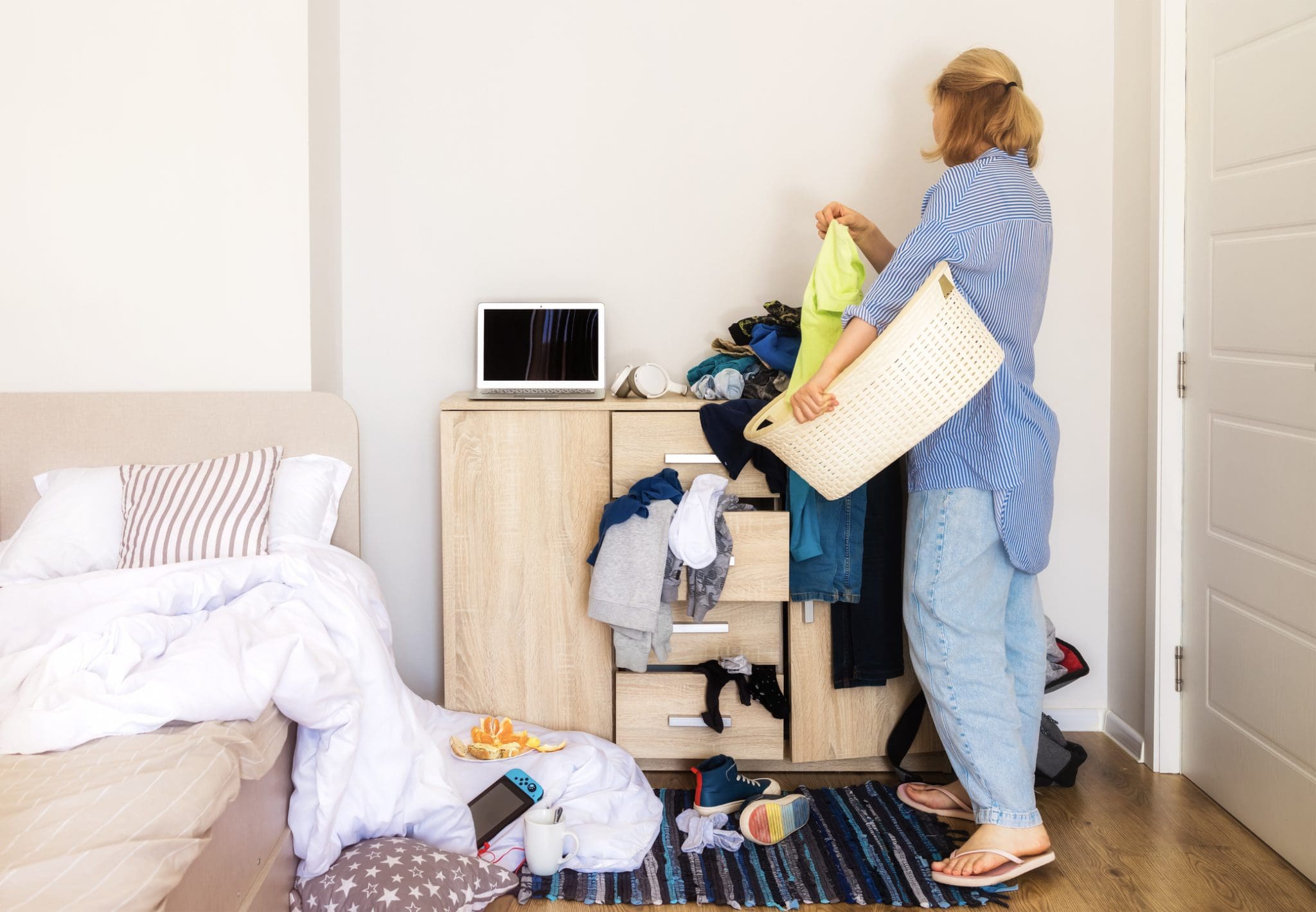
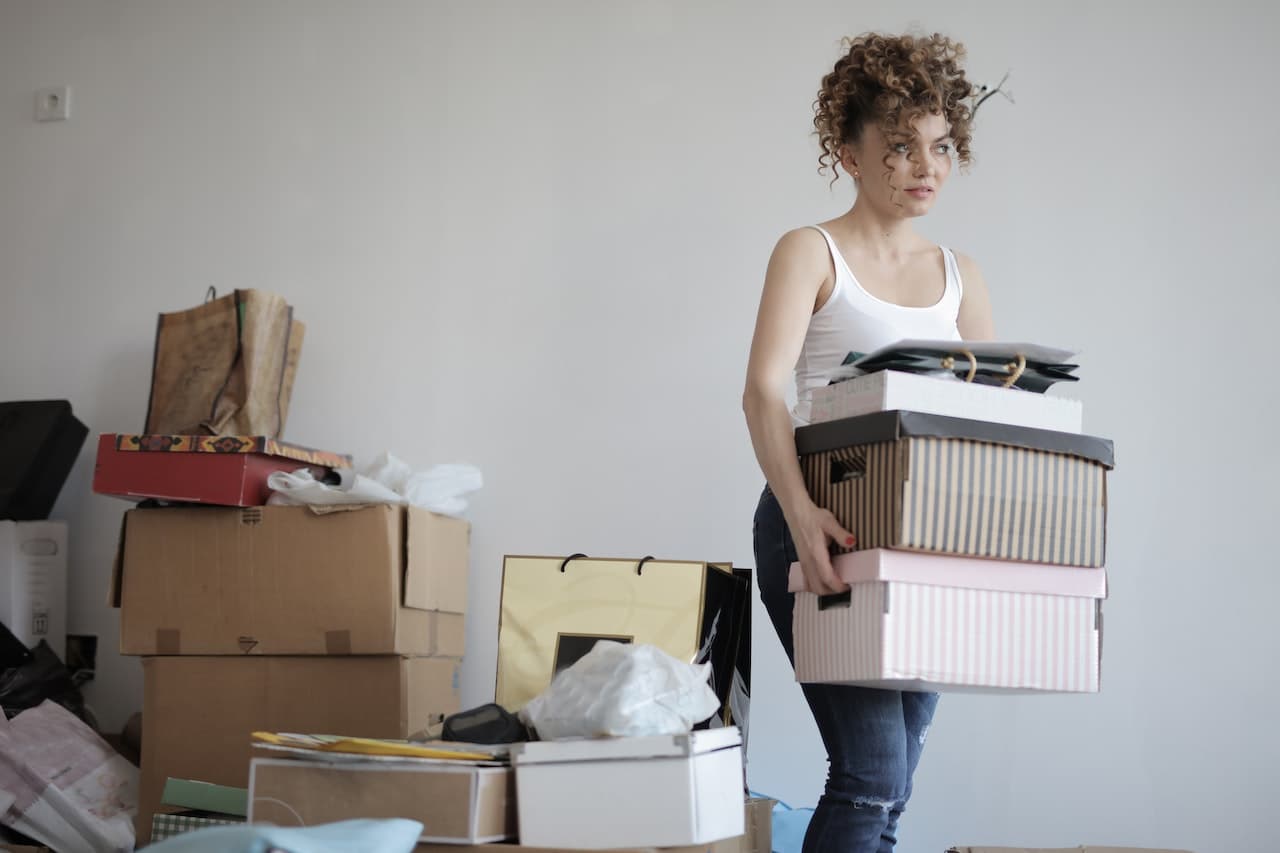

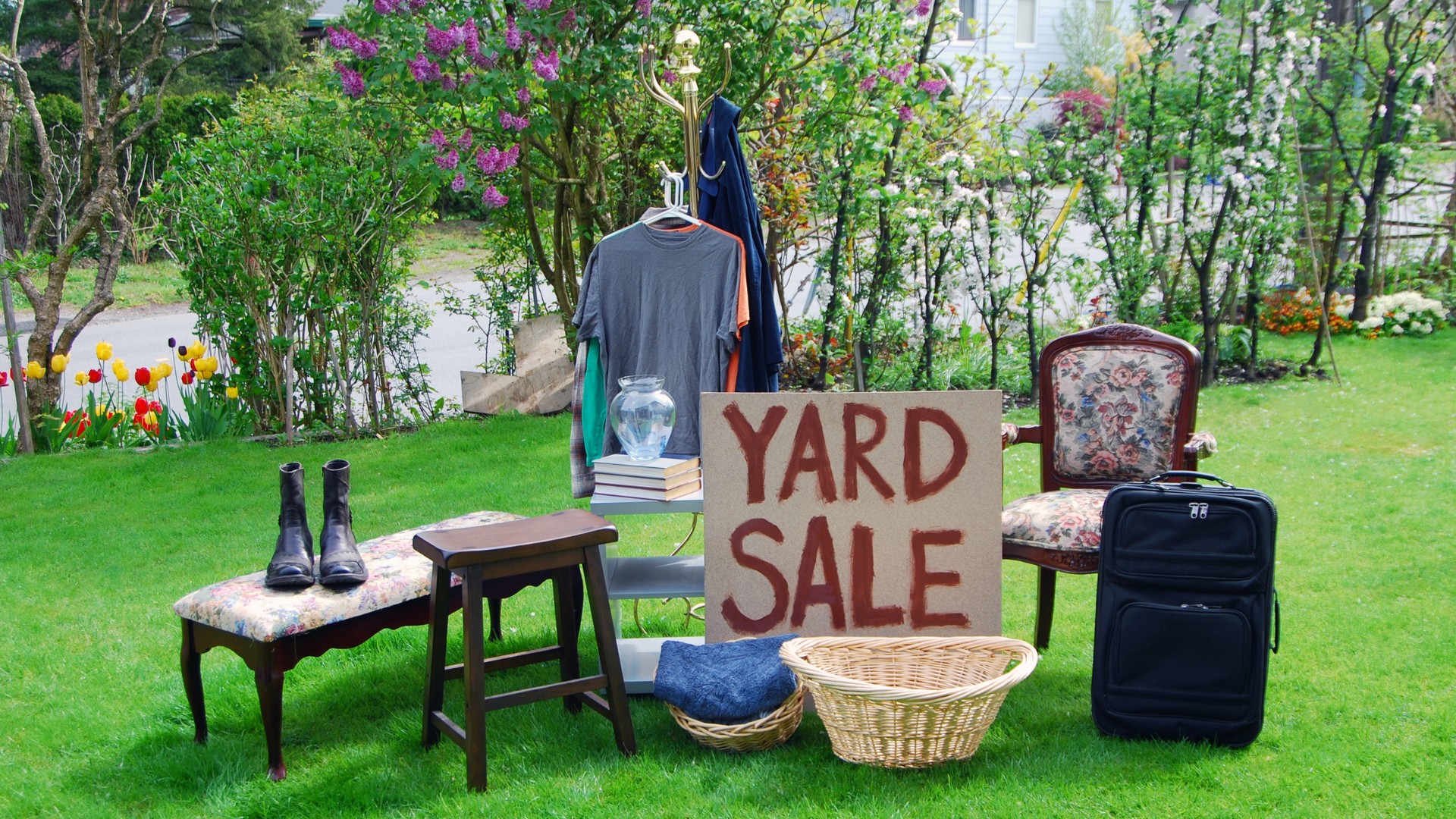
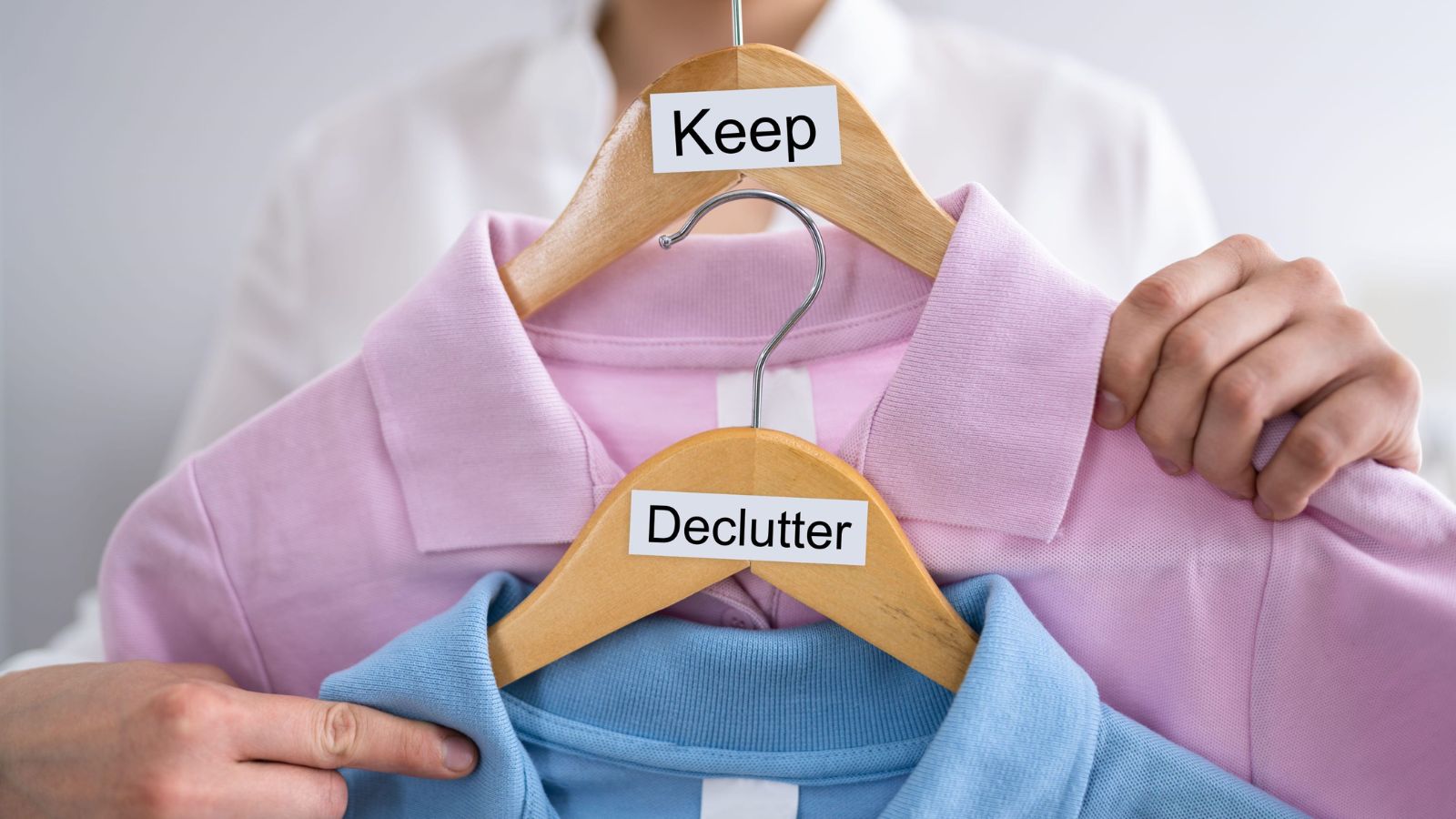
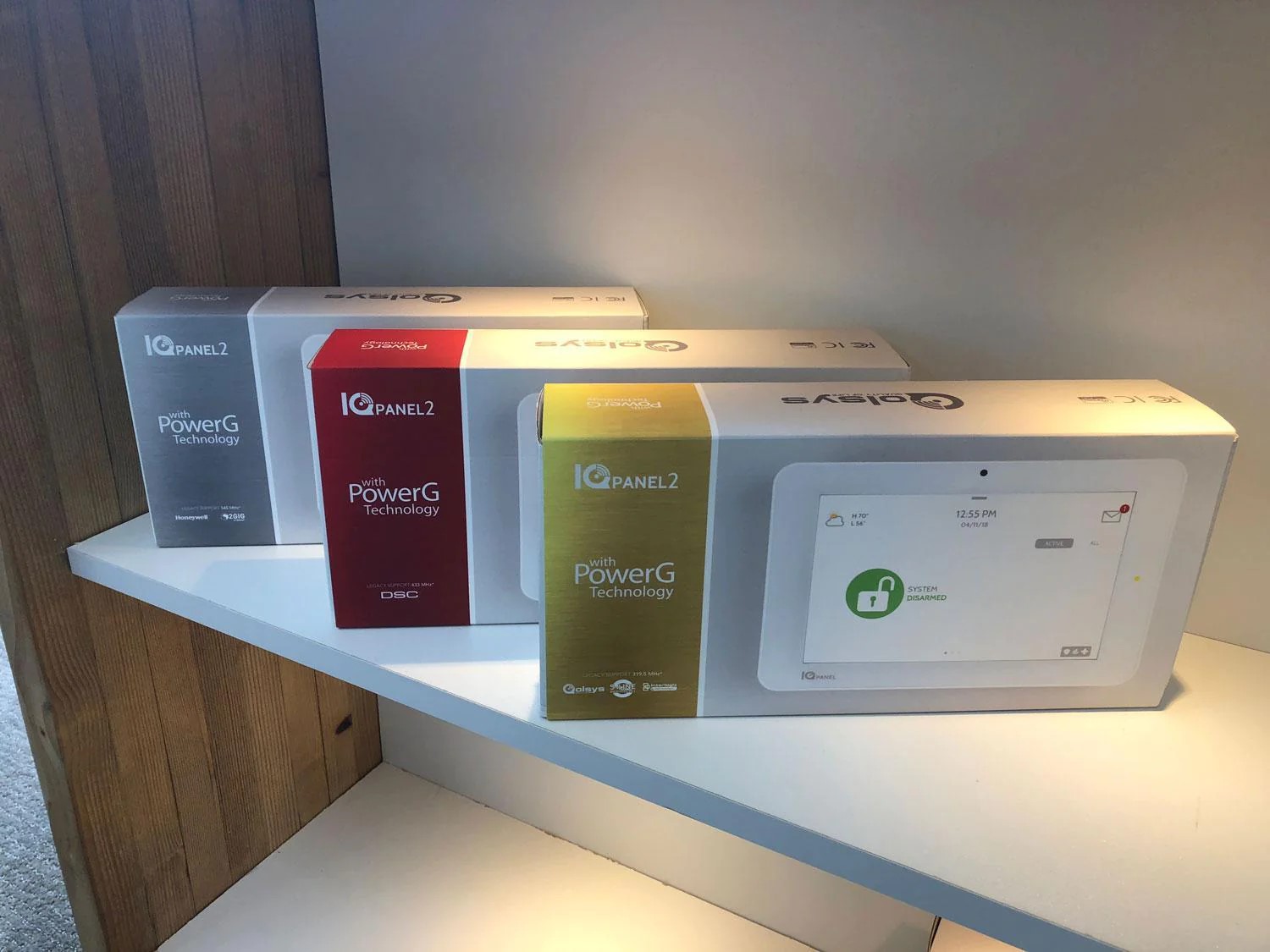

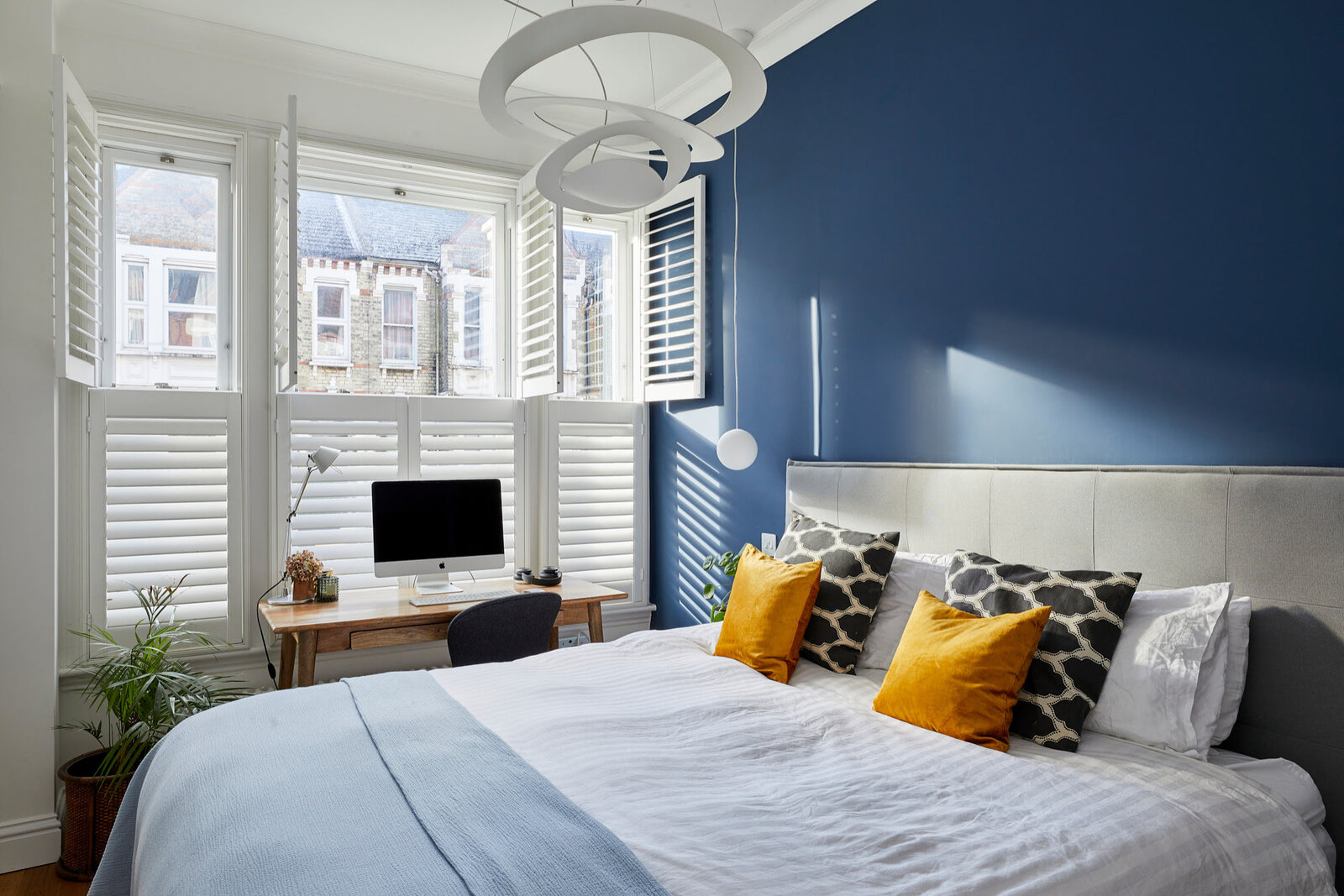



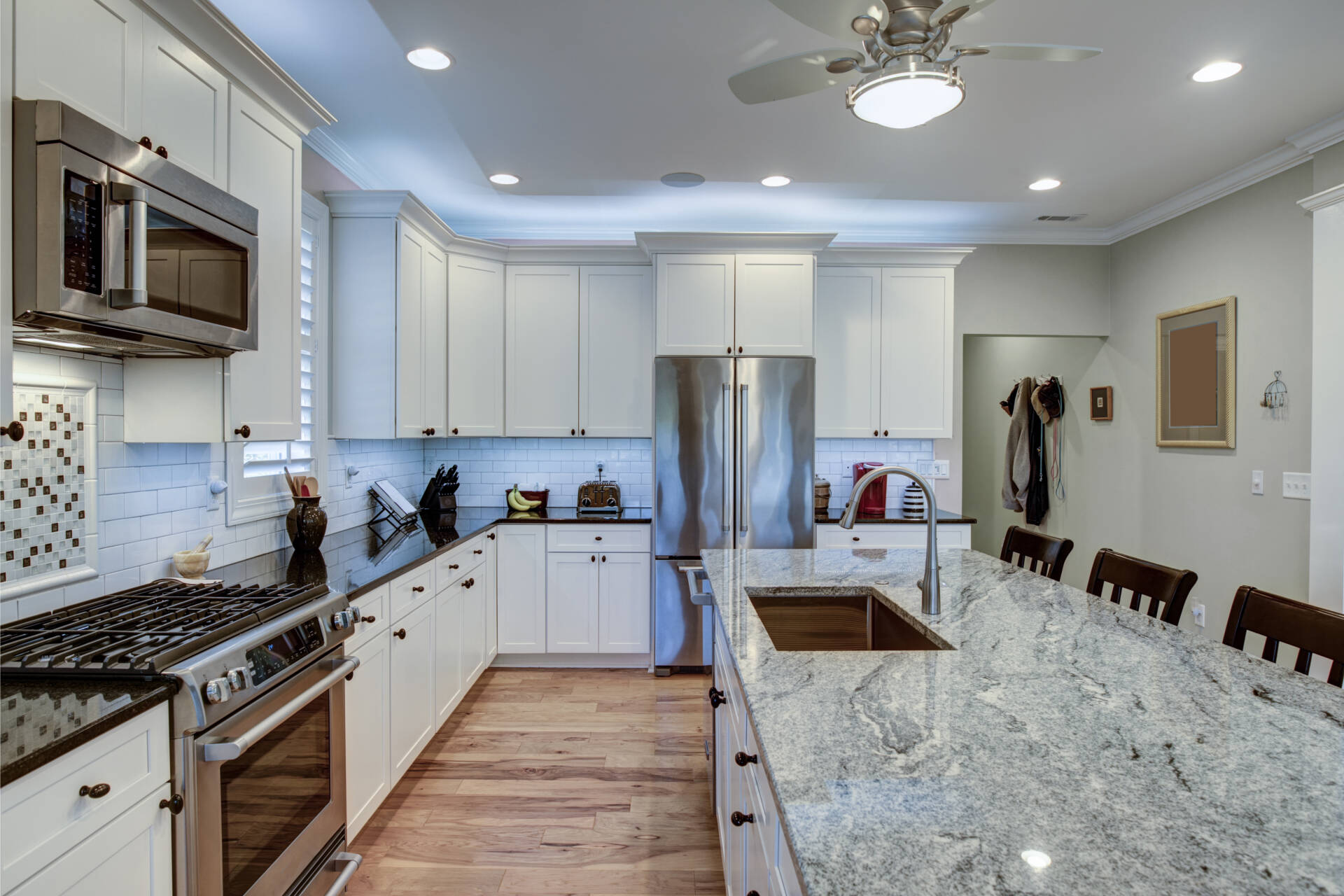

0 thoughts on “How To Declutter Your Home To Sell”